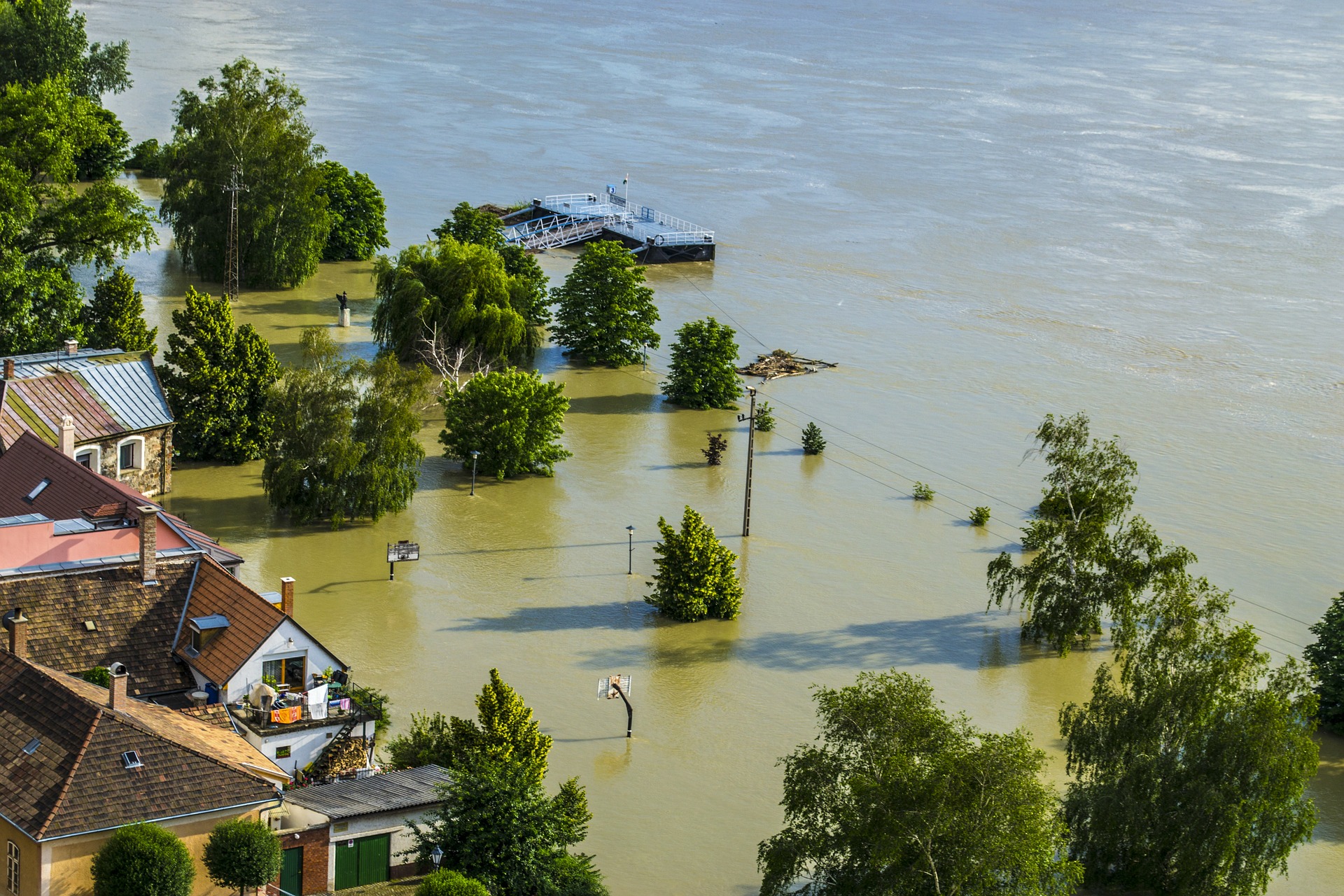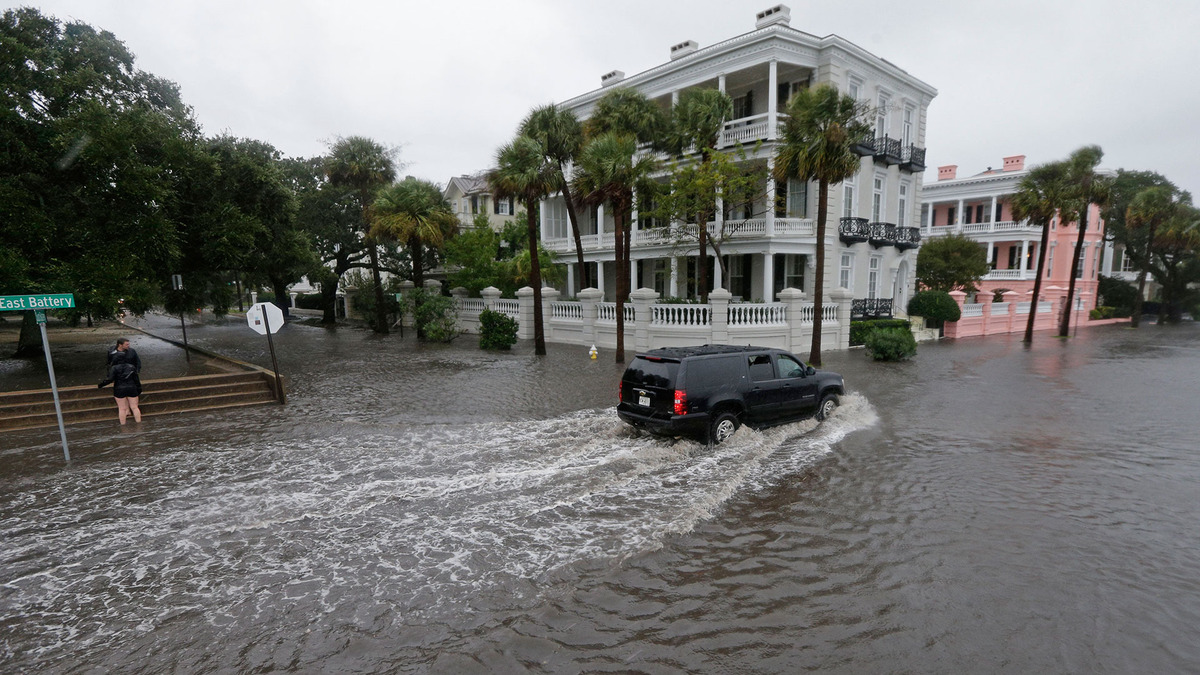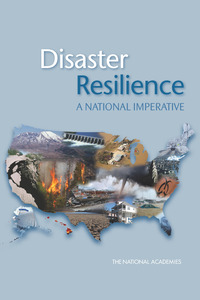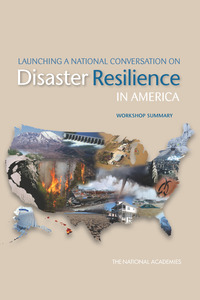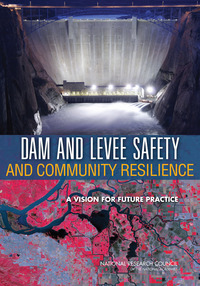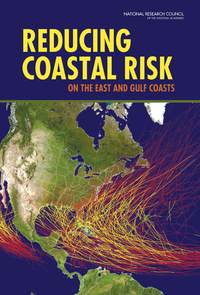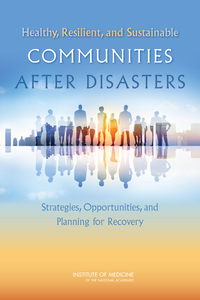
Warmer global temperatures are supercharging natural weather patterns, resulting in extreme rainfall and flooding events around the globe. The destruction from those events can cause significant economic damage, physical and emotional trauma, and even the displacement of affected communities. Our reports explore the impacts of climate change on hydrologic events and how to protect communities through improved preparation, response, and recovery. As always, they are free to read online or download.

Community-Driven Relocation: Recommendations for the U.S. Gulf Coast Region and Beyond
Between 1980 and mid-2023, 232 billion-dollar disasters occurred in the U.S. Gulf Coast region, with the number of disasters doubling annually since 2018. The variety and frequency of storms have exacerbated historic inequalities and led to cycles of displacement and chronic stress for communities across the region. While disaster displacement …[more]

Resilient Design with Distributed Rainfall-Runoff Modeling
The increased frequency of extreme rainfall events, inland and coastal flooding, and other water-related stressors poses challenges to roadway infrastructure.
The TRB National Cooperative Highway Research Program’s NCHRP Synthesis 602: Resilient Design with Distributed Rainfall-Runoff Modeling documents the practices of state …[more]

Practices for Integrated Flood Prediction and Response Systems
State departments of transportation (DOTs) and other state and local agencies have implemented integrated flood warning and response systems to mitigate the effects of floods. These systems are critical for staging personnel, deciding when to close roads, inspecting bridges, tracking floods throughout the state, and planning recovery.
The …[more]

Investing in Transportation Resilience: A Framework for Informed Choices
Significant progress has been made over the last decade in integrating resilience criteria into transportation decision-making. A compelling case remains for investing in making transportation projects more resilient in the face of increasing and intensifying storms, floods, droughts, and other natural hazards that are combining with sea-level …[more]

Global Change Research Needs and Opportunities for 2022-2031
The US Global Change Research Program (USGCRP) is a collection of 13 Federal entities charged by law to assist the United States and the world to understand, assess, predict, and respond to human-induced and natural processes of global change. Global Change Research Needs and Opportunities for 2022-2031 advises the USGCRP on how best to …[more]

Emergency Alert and Warning Systems: Current Knowledge and Future Research Directions
Following a series of natural disasters, including Hurricane Katrina, that revealed shortcomings in the nation’s ability to effectively alert populations at risk, Congress passed the Warning, Alert, and Response Network (WARN) Act in 2006. Today, new technologies such as smart phones and social media platforms offer new ways to communicate with …[more]

Framing the Challenge of Urban Flooding in the United States
Flooding is the natural hazard with the greatest economic and social impact in the United States, and these impacts are becoming more severe over time. Catastrophic flooding from recent hurricanes, including Superstorm Sandy in New York (2012) and Hurricane Harvey in Houston (2017), caused billions of dollars in property damage, adversely …[more]

Environmental Engineering for the 21st Century: Addressing Grand Challenges
Environmental engineers support the well-being of people and the planet in areas where the two intersect. Over the decades the field has improved countless lives through innovative systems for delivering water, treating waste, and preventing and remediating pollution in air, water, and soil. These achievements are a testament to the …[more]

Attribution of Extreme Weather Events in the Context of Climate Change
As climate has warmed over recent years, a new pattern of more frequent and more intense weather events has unfolded across the globe. Climate models simulate such changes in extreme events, and some of the reasons for the changes are well understood. Warming increases the likelihood of extremely hot days and nights, favors increased …[more]

Reducing Coastal Risk on the East and Gulf Coasts
Hurricane- and coastal-storm-related losses have increased substantially during the past century, largely due to increases in population and development in the most susceptible coastal areas. Climate change poses additional threats to coastal communities from sea level rise and possible increases in strength of the largest hurricanes. Several …[more]

Levees and the National Flood Insurance Program: Improving Policies and Practices
The Federal Emergency Management Agency’s (FEMA) Federal Insurance and Mitigation Administration (FIMA) manages the National Flood Insurance Program (NFIP), which is a cornerstone in the U.S. strategy to assist communities to prepare for, mitigate against, and recover from flood disasters. The NFIP was established by Congress with passage of …[more]












